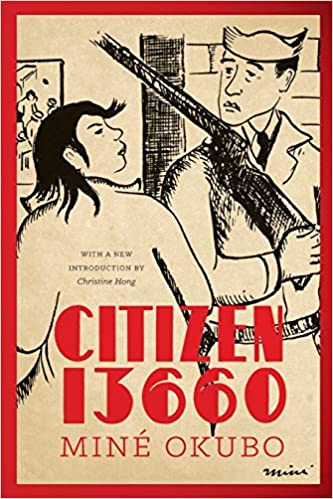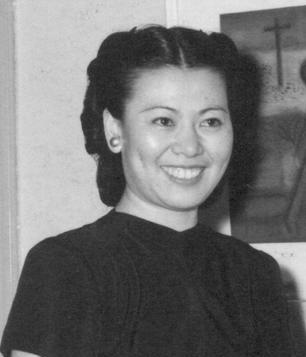March is Women’s History Month, and a description of a roadtrip through California that covers important places of Asian American Women’s history caught my attention. Even though I have lived in California for most of my life, I had only been to two places on the list of places to visit, and this piece is inspiration to see more them. In the description of each stop on the trip, author Kaila Yu describes a woman who is a key part of Asian American history associated to the place.
Of the few places in the article that I have visited, Point Lobos near Carmel is one of the most beautiful. I did go and see the Whaler’s Cabin and learn about the Quock Mui. Quock Mui was the first Chinese American women born in the US. Her parents came to Califonia on junks from China. She was known for speaking 5 languages (was nicknamed “Spanish Mary”) and for facilitating communications between the groups in the 19th Century Monterey/Carmel area.
 Little Tokyo, the other place on the list that I had been, has artwork in the Japanese American National Museum by Mine Okubo (pictured above) that would lead to her graphic novel Citizen 13660 (pictured to the right). Mine Okubo’s story is both fascinating, sad, and inspiring. During internment, she had to have a special permit to leave her home in Berkeley in order to complete a mosaic project for the Servicemen’s Hospitality House (how ironic).
Little Tokyo, the other place on the list that I had been, has artwork in the Japanese American National Museum by Mine Okubo (pictured above) that would lead to her graphic novel Citizen 13660 (pictured to the right). Mine Okubo’s story is both fascinating, sad, and inspiring. During internment, she had to have a special permit to leave her home in Berkeley in order to complete a mosaic project for the Servicemen’s Hospitality House (how ironic).
While a few of the women in the article I have heard of, like Anna May Wong, many are completely new to me. Most of of the locations in the Afar article are far from major cities, which might excuse me for not visiting them, but some of them, like the Showgirl Magic Museum, which covers the Asian American nightclub culture of the mid 20th century San Francisco Chinatown, are in urban areas. I definitely learned about Asian American History from the article and gathered some places for roadtrips in the future,.









